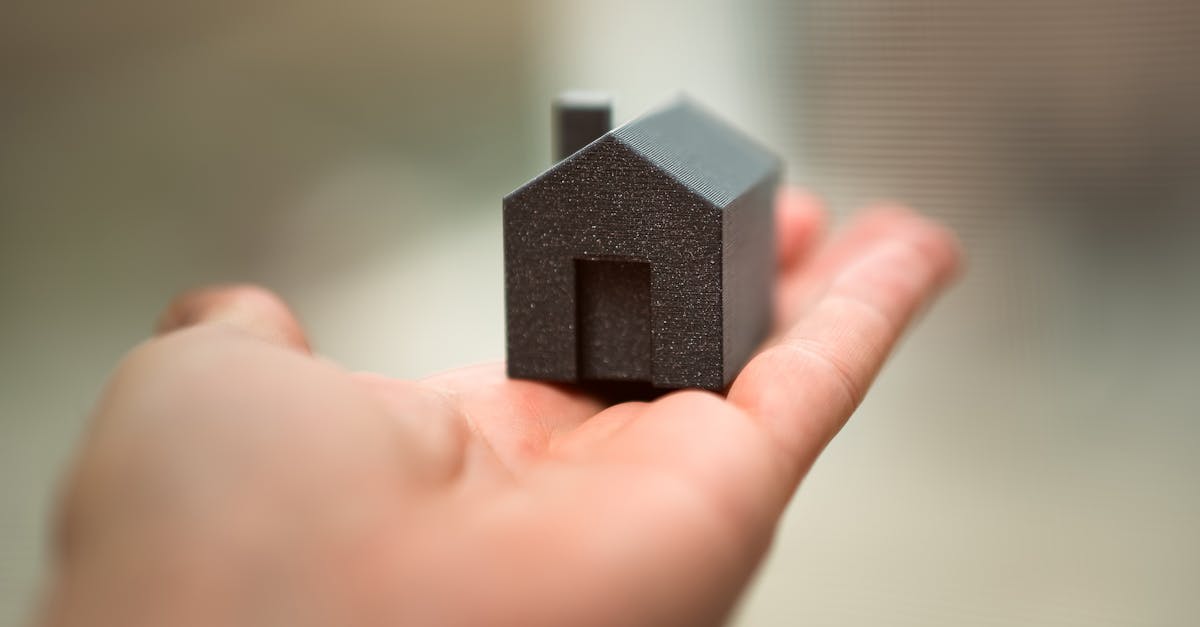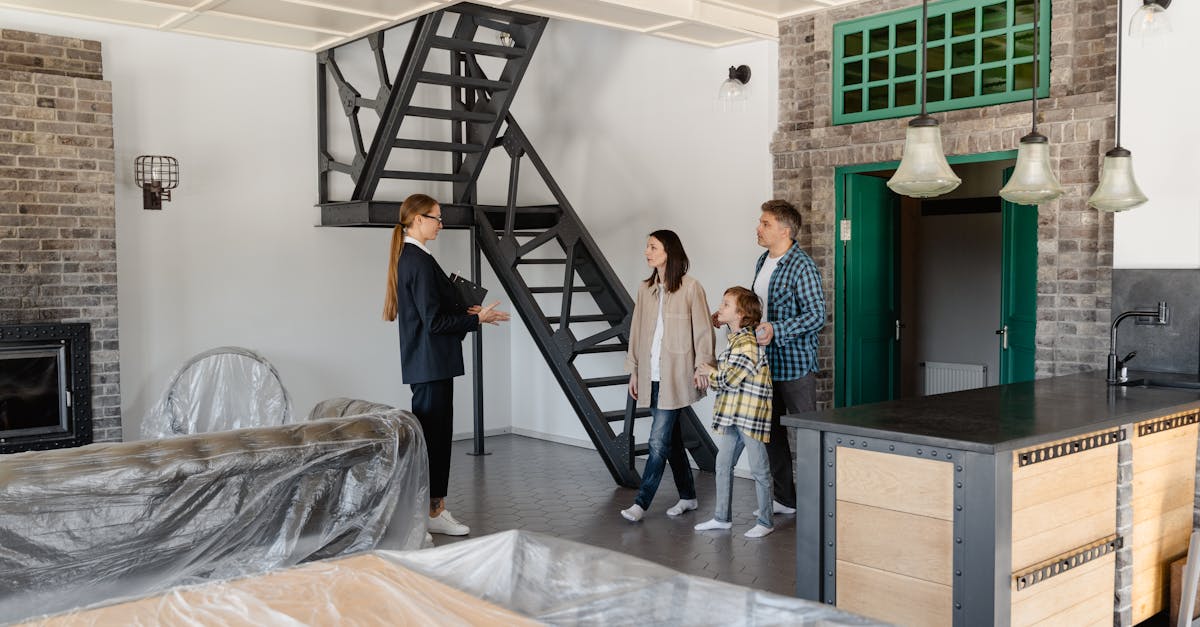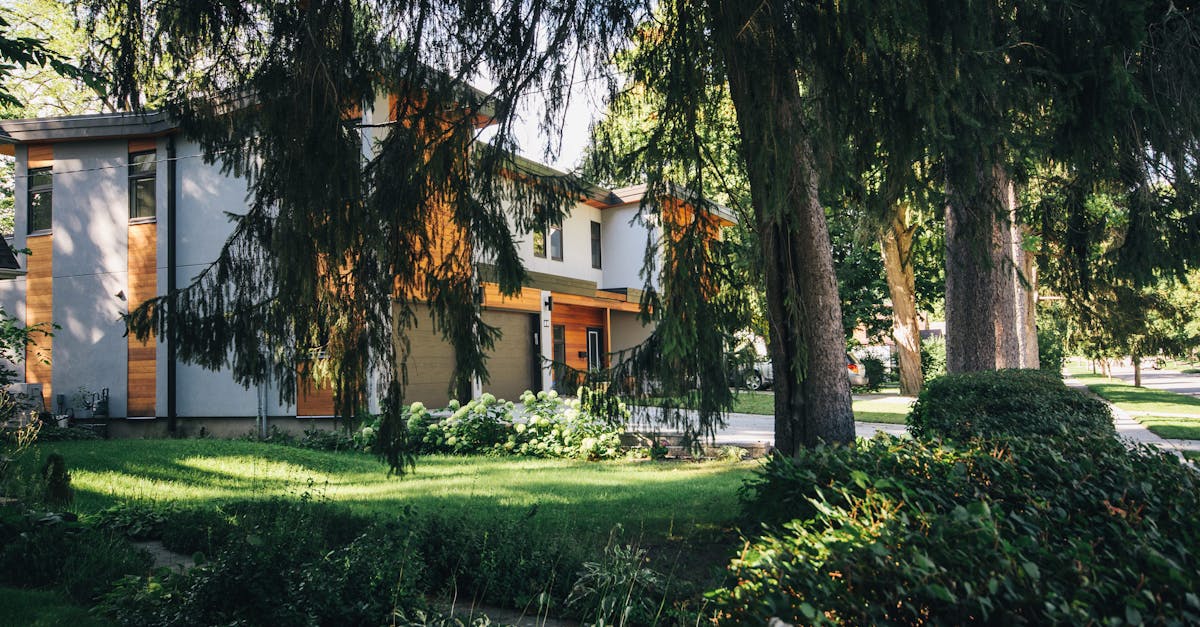
Table Of Contents
Strategies for Saving for a Down Payment
Saving for a down payment can initially feel overwhelming, especially with the costs associated with an investment property. One effective strategy is to create a dedicated savings plan. Open a separate savings account specifically for your down payment. Set a monthly savings goal based on your timeline. Automating transfers can help ensure consistency in building your savings. Consider additional income sources such as side gigs or freelance work to boost your down payment fund.
Another approach is to reduce discretionary spending. Evaluate your current budget to identify areas where you can cut back, such as dining out or subscription services. This extra cash can significantly contribute to your down payment fund. Additionally, explore various Investment Property Loans that offer lower down payment options. Researching lenders and understanding the specific terms can help you navigate the financing options available, increasing your chances of securing favorable loan conditions.
Budgeting and Financial Planning
Creating a solid budget is crucial when preparing for a down payment on an investment property. Start by assessing your income and expenses to identify areas where you can cut back. Focusing on reducing discretionary spending can free up additional funds for savings. Additionally, consider setting up a separate savings account dedicated solely to your down payment. This can help you track your progress and stay motivated as you work toward your goal.
Financial planning is a key component in successfully navigating the complexities of Investment Property Loans. Understanding your credit score, debt-to-income ratio, and overall financial health is essential. A strong financial profile can improve your chances of securing favorable loan terms, even with a lower down payment. Regularly reviewing your finances and developing a clear savings strategy will put you in a better position to make informed investment decisions.
Risks Associated with Lower Down Payments
Opting for a lower down payment on an investment property can significantly increase financial risk. A smaller initial investment often means higher monthly mortgage payments, which can strain cash flow. Lenders typically perceive lower down payments as indicative of higher risk, leading to stricter loan terms. This increased risk might translate into higher interest rates on Investment Property Loans, further escalating the overall cost of borrowing.
Additionally, a reduced down payment can hinder the buildup of equity in the property. Equity acts as a financial buffer and a valuable asset for future investments. With less equity, property owners may find themselves more susceptible to market fluctuations and downturns. In the event of a decline in property values, owners could owe more than the property's worth, putting their financial stability at risk.
Equity and Investment Security
When opting for a lower down payment on an investment property, it’s essential to understand the implications for equity and investment security. A smaller initial investment can lead to reduced equity, impacting your overall financial leverage. With less equity, gaining favorable terms on future loans or refinancing may become more challenging. Additionally, the potential for market fluctuations can exacerbate the risks associated with lower down payments, ultimately affecting the stability of your investment.
Investment Property Loans often require a higher interest rate when the down payment is less than 20%. This rate can significantly impact your monthly payment and long-term returns. As a result, the cost of borrowing can rise, putting additional strain on cash flow. Investors must weigh these financial burdens against the potential for appreciation and rental income. Making informed decisions regarding down payments is crucial for safeguarding your investment and ensuring long-term success.
Increasing Your Chances of Approval
Enhancing your financial profile can significantly improve your chances of approval for investment property loans. Lenders look for borrowers with stable income, a solid credit score, and a reliable debt-to-income ratio. Taking steps to pay down existing debt and ensuring that your credit history reflects timely payments will boost your attractiveness as a candidate. Additionally, maintaining a lower credit utilization rate can further demonstrate financial responsibility.
Having a larger cash reserve also plays a crucial role in securing investment property loans. Lenders often feel more secure when borrowers have funds set aside for emergencies and additional costs associated with property ownership. Providing documentation that showcases savings, along with any other income sources, can paint a clearer picture of your financial health. A well-rounded financial profile increases the likelihood of loan approval and may even help secure better financing terms.
Strengthening Your Financial Profile
Lenders typically assess various aspects of your financial profile when considering your application for Investment Property Loans. A strong credit score demonstrates your ability to manage debt responsibly, which can enhance your appeal as a borrower. Additionally, a consistent income stream signals stability and helps assure lenders that you can meet monthly mortgage payments. Reducing outstanding debts and increasing savings can further bolster your financial standing and improve loan eligibility.
Demonstrating a solid history of managing other rental properties can also work in your favor. If you have successfully navigated the challenges of property management in the past, it strengthens your case for qualifying for Investment Property Loans. Bringing personal assets into the equation can showcase additional financial resources, which may persuade lenders to offer better terms.
FAQS
Can I put less than 20% down on an investment property?
Yes, it is possible to put less than 20% down on an investment property, but this often comes with additional costs, such as private mortgage insurance (PMI) and potentially higher interest rates.
What are the typical down payment requirements for investment properties?
While many lenders prefer a down payment of 20% or more for investment properties, some may allow as little as 15% or even 10%, depending on your financial profile and creditworthiness.
What strategies can I use to save for a larger down payment?
Strategies for saving include creating a detailed budget, cutting unnecessary expenses, setting up a dedicated savings account, and exploring additional income sources, such as side jobs or freelance work.
What are the risks of making a lower down payment on an investment property?
Risks include having less equity, which can lead to higher loan-to-value ratios, and increased vulnerability to market fluctuations. Additionally, lower down payments can result in higher monthly payments and insurance costs.
How can I strengthen my financial profile to improve my chances of approval for an investment property?
Improving your financial profile can be achieved by paying down existing debts, increasing your credit score, maintaining a stable income, and providing a larger cash reserve to demonstrate financial stability to lenders.





